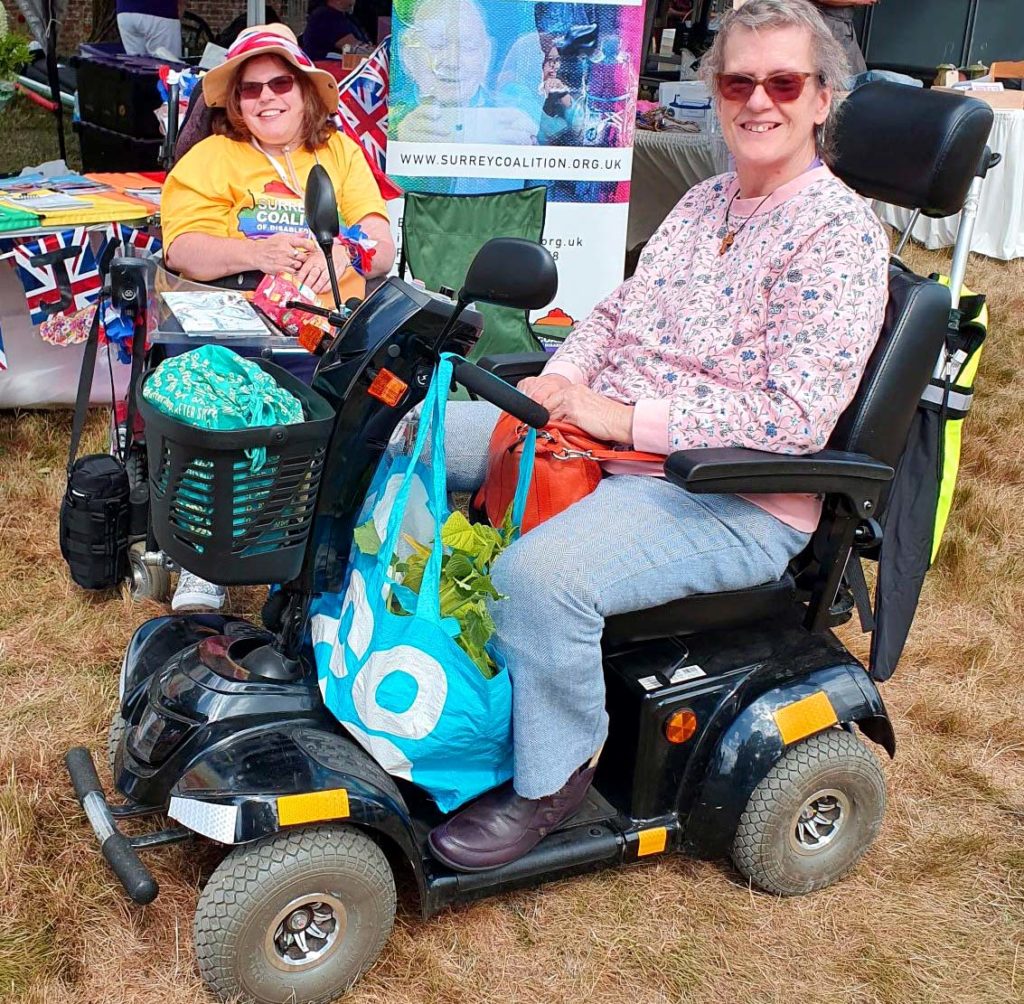There are two different models of disability
At The Coalition we follow the Social Model of Disability, however we recognise that the model may not be for everybody and how a Disabled Person talks about their Impairment or difference is their individual choice.
The Social Model of Disability
The Social Model is a way of viewing the world that has been defined by Disabled People centred on the person not the disability.

The Social Model focuses on the changes that need to be made by society such as changes in attitude, social support to overcome barriers and physical change to structures such as accessible toilets.
Most of the barriers are not caused by Disabled People’s impairments or difference but by the way that society is organised.
Examples of the Social Model of Disability
A Disabled Person in a wheelchair wants to go to a show at the theatre but there are steps leading up to the entrance. The social model highlights that the venue need to provide a ramp.
A blind person wants to join their local book club. The social model recognises that society needs to provide audio books so the Disabled person is able to join in with the club.
The Medical Model of Disability

The Medical Model of Disability says people are disabled by their impairments or difference.
The medical model is unhelpful because it focuses on the condition not the person and can affect the way that Disabled People think about themselves.


